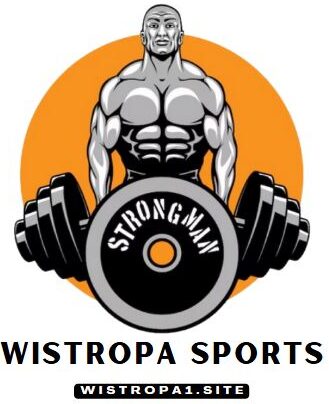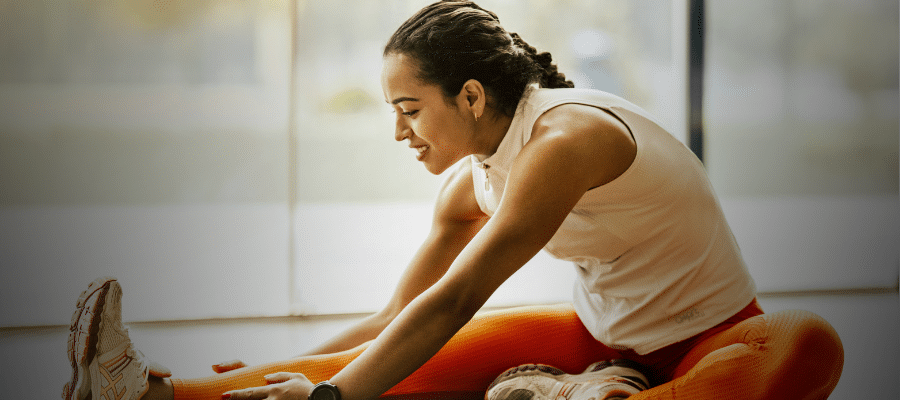- Do not force : Avoid pushing your body beyond its limits. Stretching should be comfortable, never painful. If you feel acute pain, it is better to return to a more comfortable position.
- He warm up first : Before starting stretching, make a few minutes of heat to prepare the muscles. This can include a quick walk, joint movements or light exercises to increase blood circulation.
- Be regular : The key to improving the flexibility of the rear muscles of the thigh is regularity. Try to incorporate these sections into your daily routine, in the morning when you wake up, during a break at work or after a training session.
- Integrate dynamic stretching : Before a physical activity, it favors dynamic stretching (such as legs of the legs) to heat the muscles. After exercise, focus on static lengthening to promote recovery.
Lengthening of the rear muscles of the thigh and sports activities

Athletes, in particular those who practice races, jump or cycle sports, must be particularly attentive to the flexibility of their rear muscles of the thigh. Good flexibility can improve performance and reduce recovery times. Remember to integrate specific traits after each workout to maintain good flexibility.
How to Improve the Flexibility of the Rear Thigh Muscles
When it comes to physical performance, injury prevention, and overall muscle health, flexibility in the rear thigh muscles—commonly known as the hamstrings—is essential. Whether you’re an athlete, a weekend warrior, or simply someone who wants to move more freely, incorporating specific practices into your daily routine can make a significant difference.
Be Regular
The foundation of any successful flexibility routine is consistency. Muscles adapt to repeated movements over time, which is why stretching once in a while is not enough to see real improvement. Try to integrate hamstring stretches into your daily schedule. The best moments are often when your body is already slightly warm: early in the morning after a warm shower, during a short break from sitting at work, or after any physical activity. Even 5–10 minutes per day can lead to noticeable results over time.
Integrate Dynamic Stretching
Before engaging in any sports or intense physical activities, opt for dynamic stretching. These movements gently activate the hamstrings and surrounding muscle groups by mimicking the motion of the upcoming activity. Examples include leg swings (forward and backward or side to side), walking lunges, or high knees. Dynamic stretches help increase blood flow, warm up the muscles, and prepare the joints for movement, reducing the risk of strains or tears.
Use Static Stretching for Recovery
Once your workout or physical activity is over, shift the focus to static stretching. This involves holding a stretch for 20–30 seconds while breathing deeply. Sitting hamstring stretches, lying leg raises, or forward bends are excellent examples. Static stretching post-exercise helps the muscles return to their resting length, improves circulation, and aids in muscle recovery and soreness prevention.
Sports and the Rear Thigh Muscles
Hamstring flexibility is crucial in many sports such as running, soccer, cycling, and martial arts. Inflexible or tight hamstrings can lead to reduced performance and a higher risk of injury. Flexible hamstrings contribute to better posture, enhanced stride length, and smoother movement transitions. For athletes, a targeted flexibility plan can also improve explosive movements and endurance.
Signs of a problem
It is essential to listen to your body. If you feel persistent pain in the rear muscles of the thigh, it could be a sign of a serious injury. In this case, consult a healthcare professional or a physiotherapist to evaluate the situation.
Don’t let the pain settle because they can cause long -term problems.
Conclusion
Incorporate the stretching of the rear muscles of the thigh in your daily routine can offer many benefits for physical and mental health. Whether you are a sportsman or simply looking for well -being, taking time to stretch can improve flexibility, reduce the risk of injuries and promote a healthy body.
Ipiliar is often overlooked in the elongation programs, but their importance should not be underestimated. Taking care of these muscles, invest in your quality of life, in your sporting performance and in your general well -being.
So why not start today? Take a few minutes to lengthen the rear muscles of the thigh and feel the difference in your body and mind. You will quickly see that the well -tightened muscles are synonyms for movement of fluids, comfort and vitality.
latest posts published
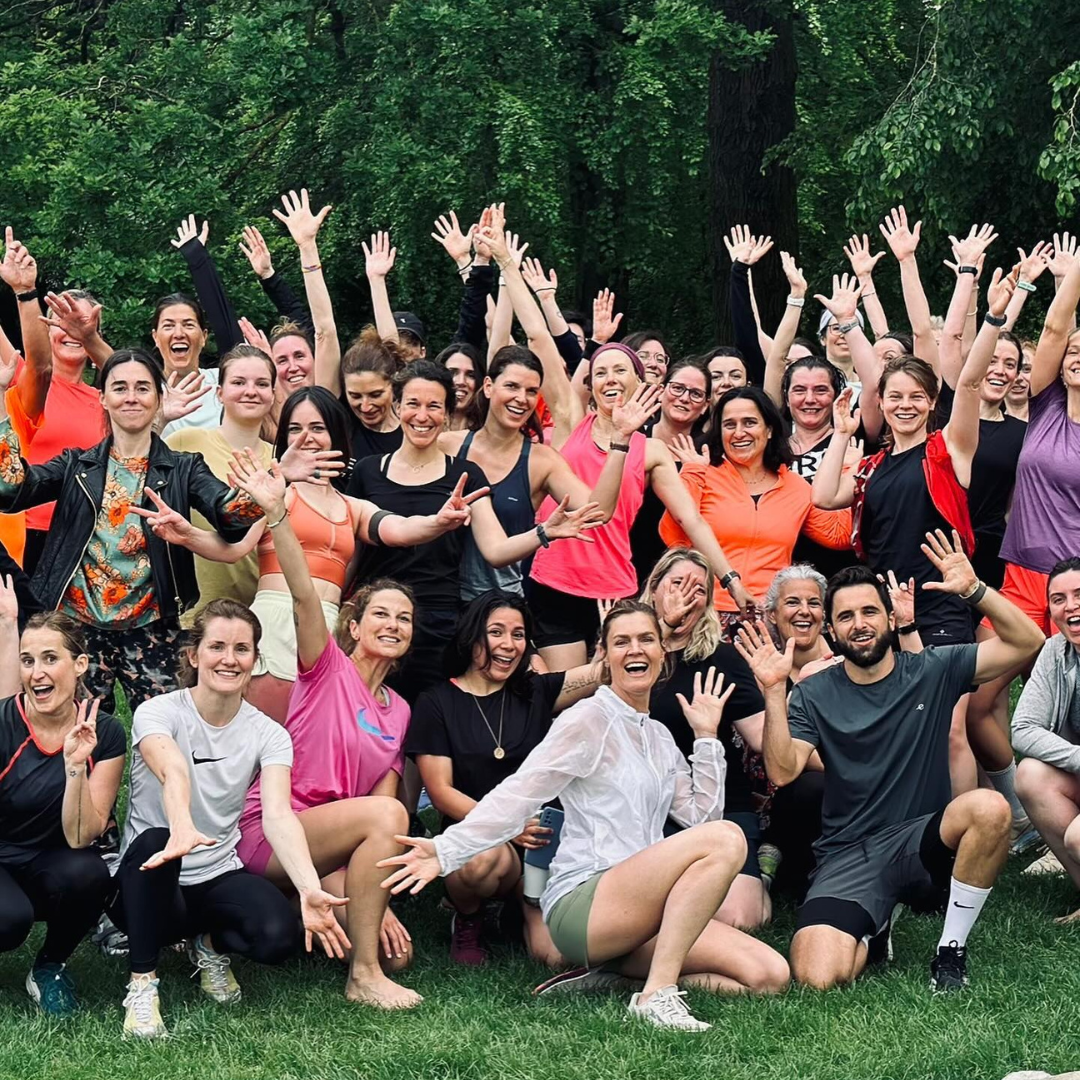
Do difficult things!
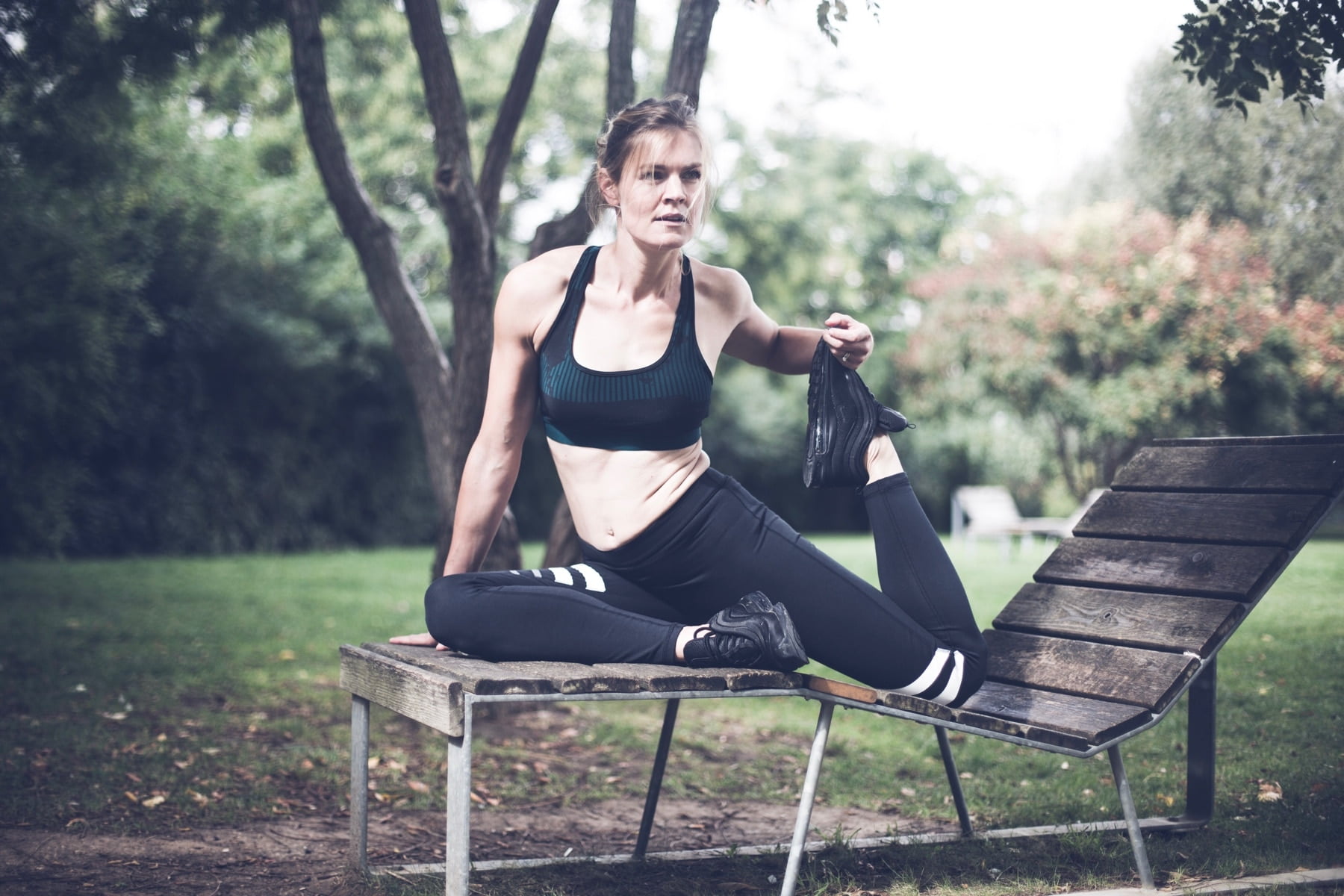
Does yoga start alone, at home, good or bad idea?
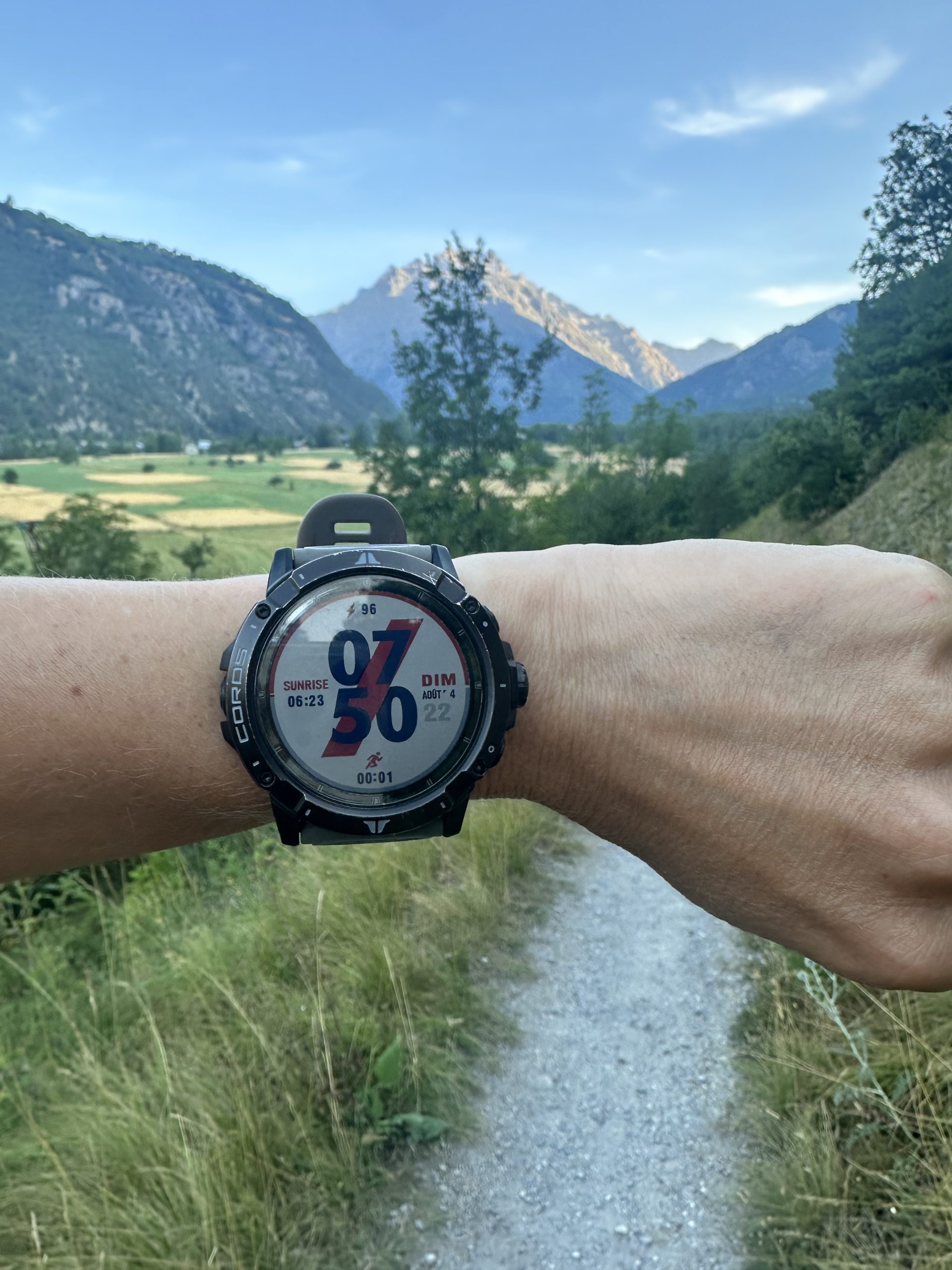
Connected watches: take off!
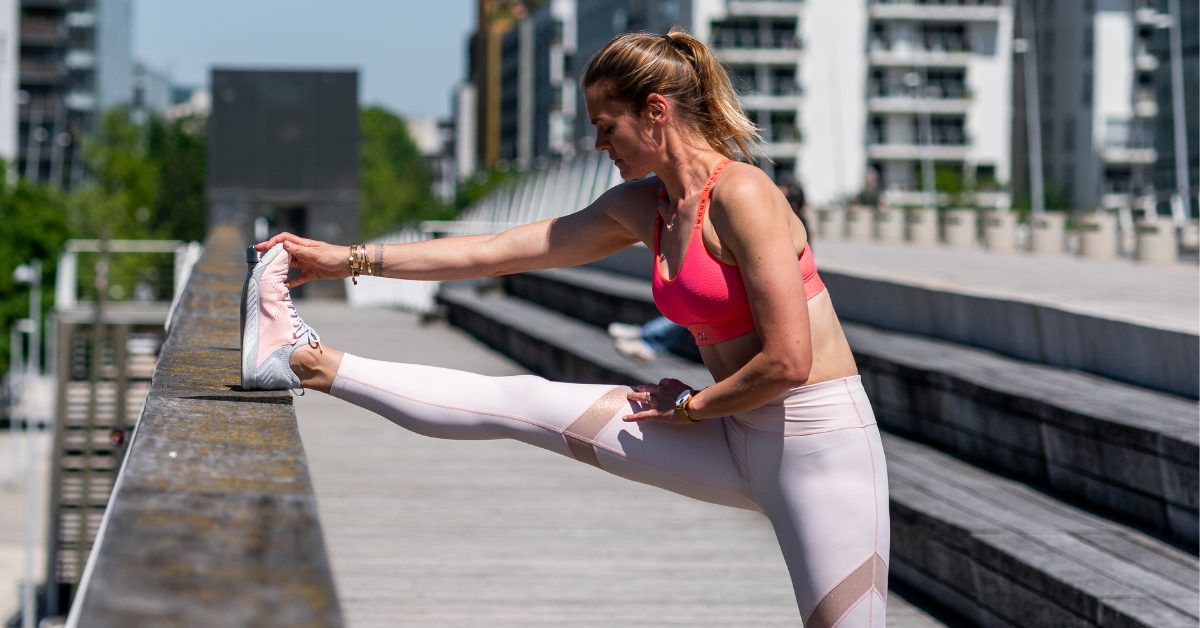
How to alleviate and avoid them

How to lose your thighs? Exercises, suggestions and nutrition

Remote to sport in winter, the light track!
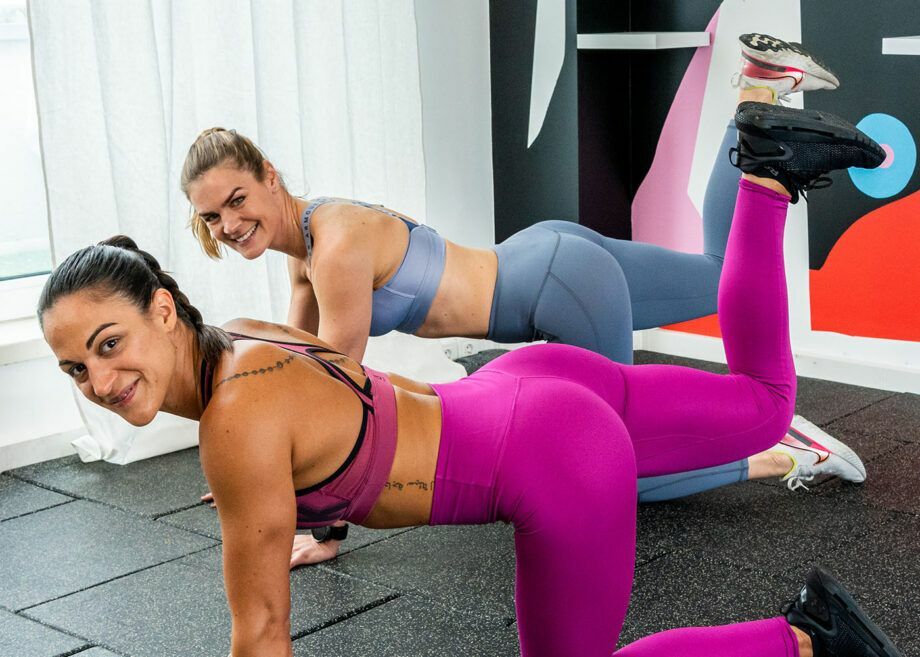
Solutions, exercises and suggestions to help you!

Substitutes of meals: real slimming allies?

Dry January: Return of experience!

